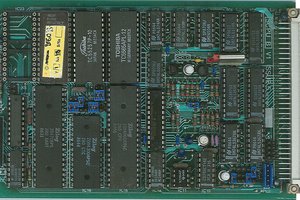The circuit diagram is from the Maplin magazine issue.
The board I have was a gift from the designer, and differs from the Maplin circuit. It uses a 74LS125 chip instead of a 74LS03 for IC3, and a 74LS02 instead of a 74LS32 for IC6. This allows it to work with just one pull-up resistor instead of two. My board has some of the gates swapped, which is important when adding hacks to it.
 Keith
Keith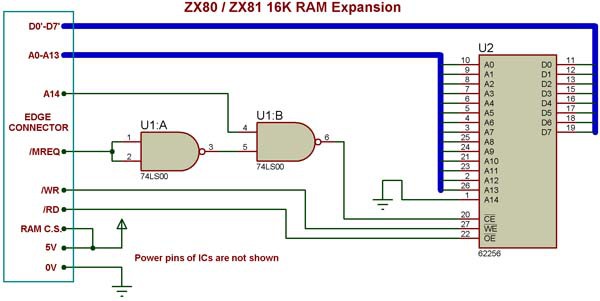
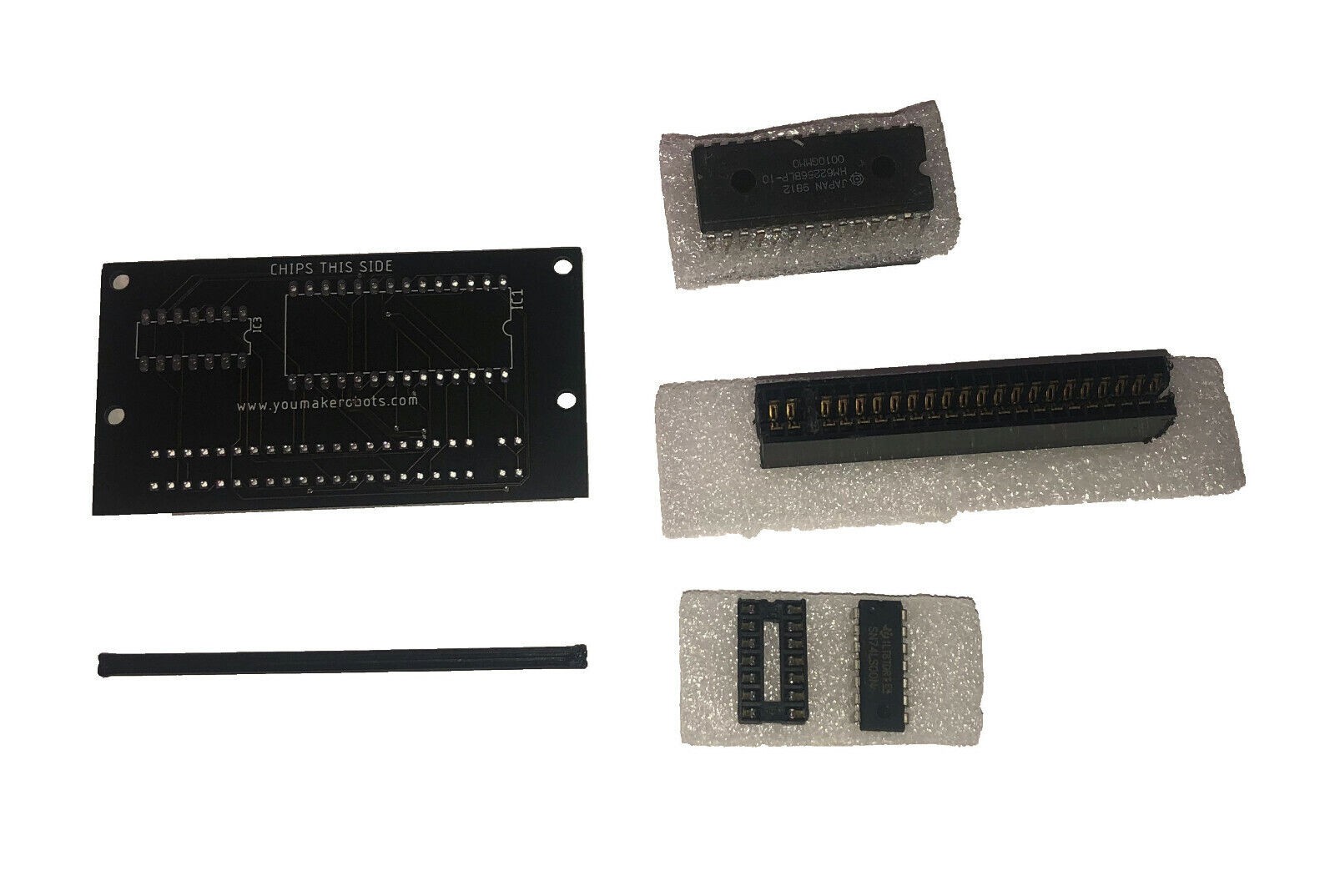



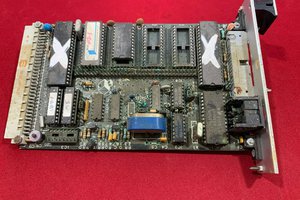
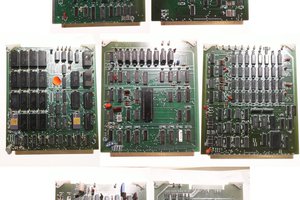
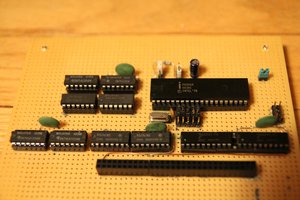
 Bentendo64
Bentendo64